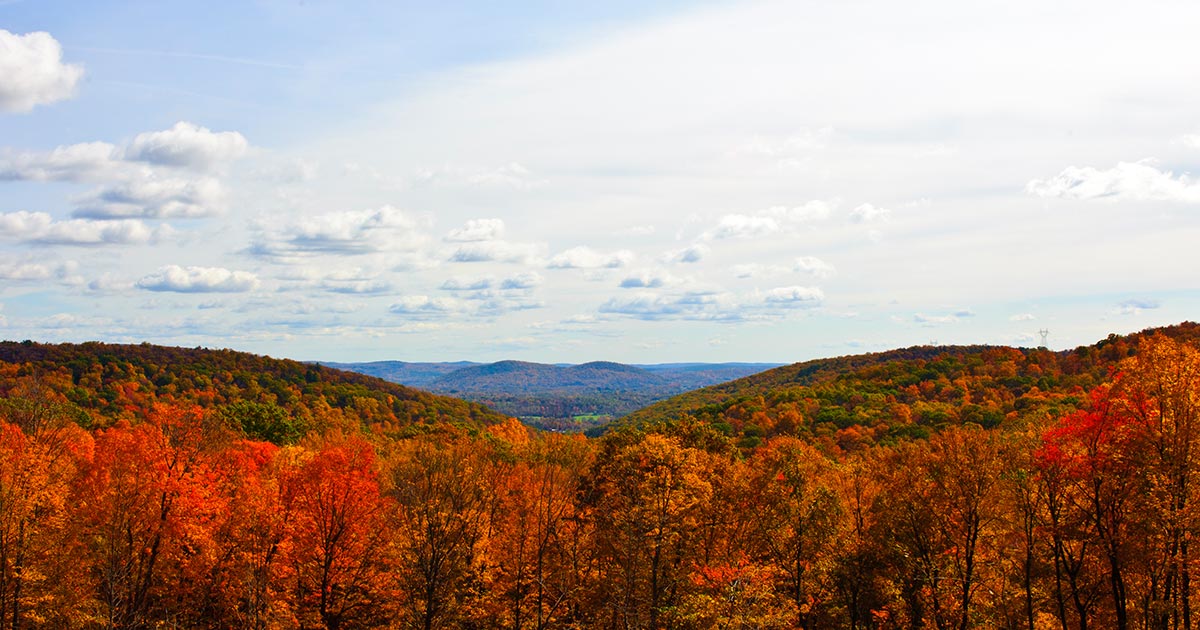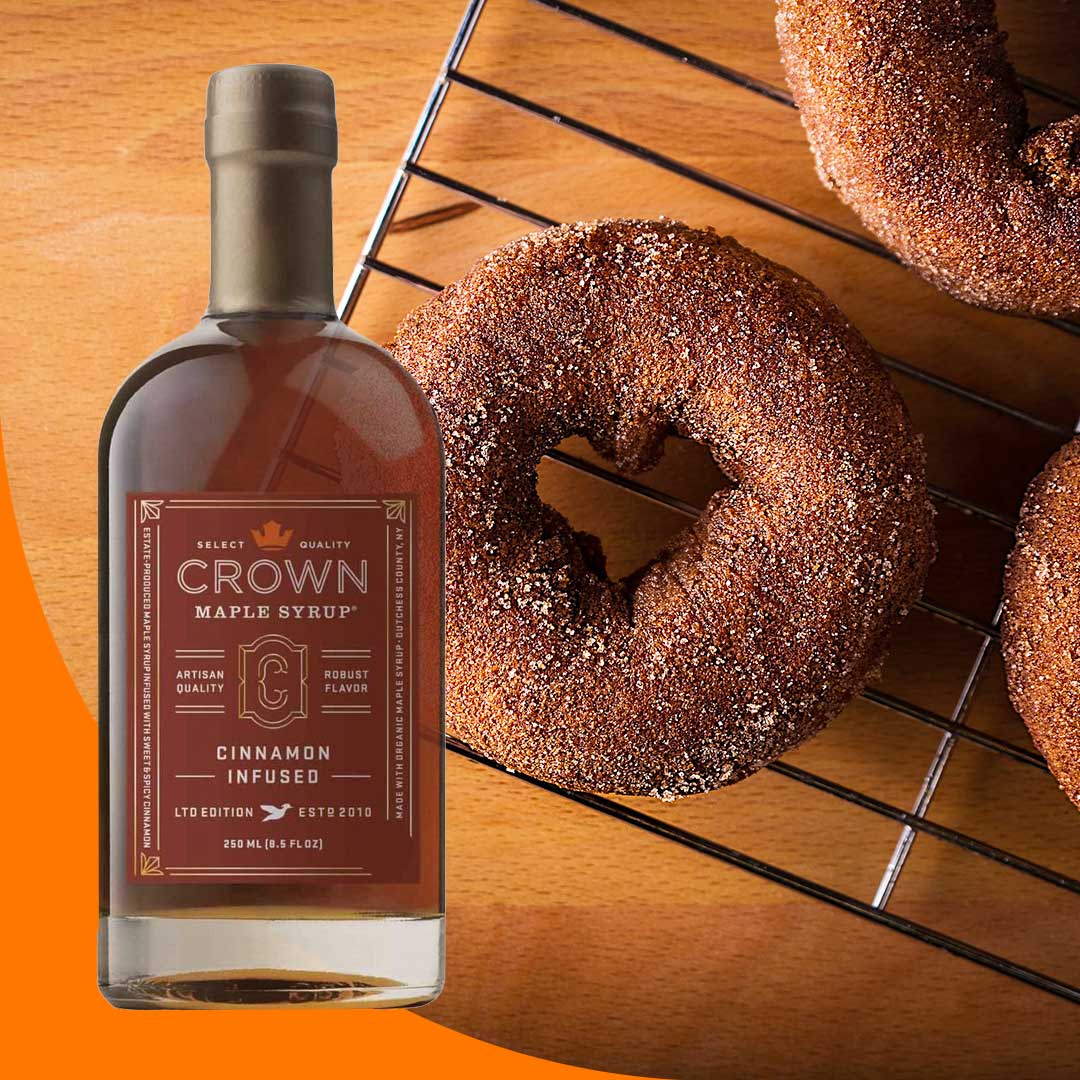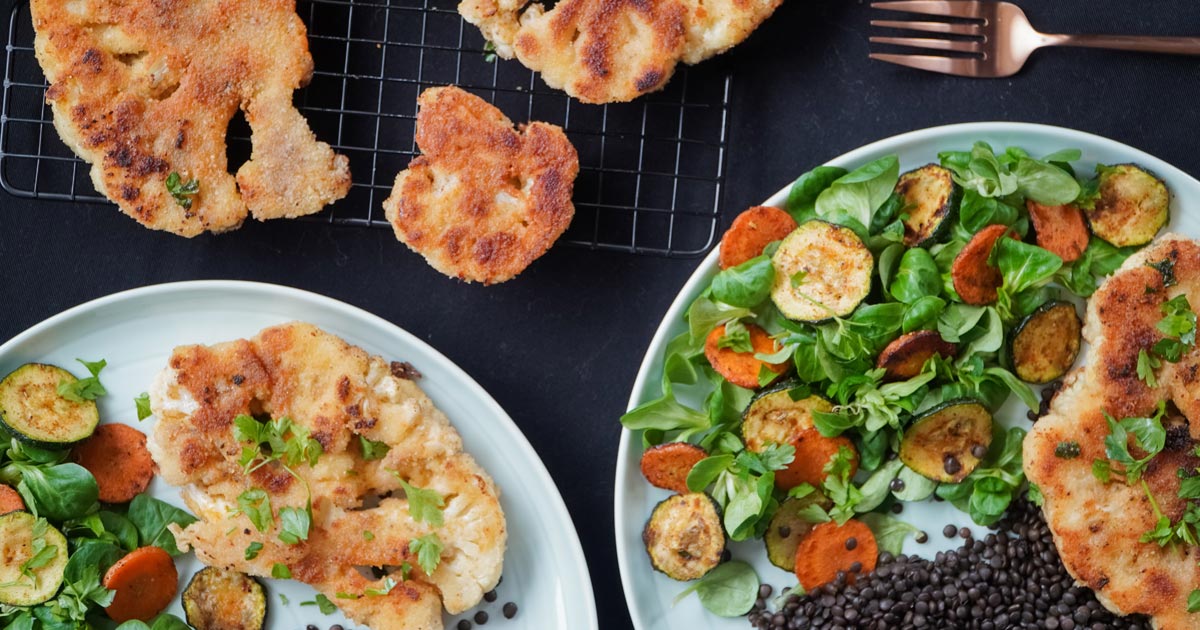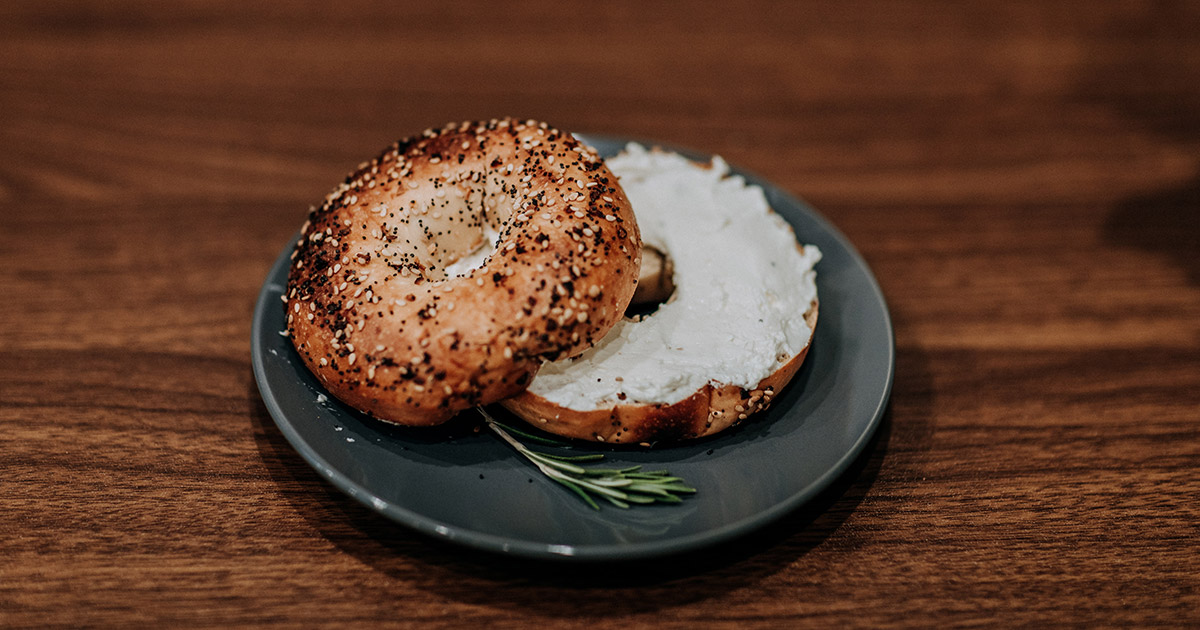Key Points:
- Maple syrup is obtained from the sap of the sugar maple tree
- It takes up to 50 liters of maple sap to produce 1 liter of maple syrup
- Each maple tree yields enough sap for about 1.5 liters of syrup per season
- The harvesting season determines the color of the syrup
- Maple syrup is an excellent sugar substitute
In a cloak-and-dagger operation, a few rogues break into a secure warehouse under the cover of darkness and vanish with their hefty haul into the night. Gold is indeed highly sought after – in any form.
Unlike in Hollywood movies, the largest theft in Canada's history wasn't about stealing solid bars, but rather barrels filled with liquid gold. From 2011 to 2012, the Great Canadian Maple Heist involved the gradual theft of over 9,000 barrels of maple syrup with a total value exceeding 18.5 million Canadian dollars (almost 13 million euros) from a warehouse in Quebec, which were then sold illegally.
The theft remained undiscovered for a while due to the fact that it was a collection warehouse where the maple syrup was stored for months until resale, with general barrel inspections occurring only once a year. Initially, the thieves had cleverly taken individual barrels and, after emptying them, filled them with water before returning them. The fraud was revealed during the annual inspection when an inspector attempted to climb the stacked barrels, causing them to collapse beneath him. This happened because over the months, the thieves had become careless and had started pumping the barrels empty on-site, without subsequently filling them with water.
It might not have been Fort Knox, but the story could still be straight out of a Hollywood blockbuster.
But why is maple syrup not only precious but also so delicious? Join us on a culinary journey to our friends at Crown Maple in the beautiful Hudson Valley in the state of New York and discover it for yourself.
Maple Syrup – The Culinary Gold Rush
The sun is shining, a cold wind rustles through the trees, and your breath forms tiny misty clouds in front of your face. As the days begin to lengthen in spring, our friends at Crown Maple know that "Sugar Shack Day" is approaching, along with the alluring amber hue of fresh maple syrup.
But of course, the sweet nectar doesn't flow clear and golden straight from the tree. The foundation of the maple syrup we love to drizzle over waffles and pancakes at breakfast or perhaps even on some fried chicken at lunch (more on that later) is called maple sap. Though it might sound a bit morbid, you can think of this sap within the maple tree as akin to blood in our bodies. It's primarily composed of water and sugar, distributing nutrients obtained from the ground and photosynthesis throughout the tree. While the maple tree essentially goes into hibernation during the cold months, the sap remains stagnant. But as temperatures rise, usually between February and April, and the daytime sun climbs above freezing, the sap begins to circulate through the tree once again. This is the perfect time to tap the tree and harvest the sweet sap.
But doesn't this harm the tree, you might wonder, as we casually draw off some of its "blood"? No worries. Depending on size and age, a healthy sugar maple tree can tolerate up to five tap holes at once without any issues. However, most trees these days have only 1 or 2 taps simultaneously. The sap exits the tree through pressure and gravity and can be collected for further processing. In the past, this was done manually with collection buckets and such, but today, the sap is often directly pumped from the tree through pipelines to structures known as "sugar shacks" (hence the term "Sugar Shack Day") for further processing.
But who came up with the odd idea of sticking a tap into a tree, much like tapping a keg of beer? According to legend, the delicious sap was initially discovered by Native Americans when a tomahawk thrown at a target tree hit deep enough to bring the sweet sap to the surface. How much truth lies behind this legend is up for interpretation, but what's certain is that the practice of "tree tapping" has been a tradition for millennia, not only in the far north. Even the Arabs harvested sap from native birch trees and brewed it into an alcoholic beverage.
But back to our maple sap. Once enough sap has been collected and reaches the sugar shack, the process of culinary gold washing can begin. The sap fresh from the tree is relatively diluted and is composed of only 3% sugar, with the remaining 97% being mostly pure water. To transform the light sap into our delicious golden syrup, one thing is primarily needed: temperature. The sap is boiled at 100°C. This causes some of the water to evaporate, and the sugar begins to caramelize. Due to the significant loss of water, it ultimately takes about 40 to 50 liters of sap to produce just one liter of syrup. Over time, a thicker, golden reduction forms, resembling honey: maple syrup. Finally, like refining metallic gold in a stream, the syrup is filtered to remove impurities, and then the liquid gold is ready for bottling, selling, and enjoying.
Sounds simple, doesn't it? So why is maple syrup (in general) so expensive and rightly called liquid gold?
It's all about the yield. On average, a single maple tree produces about 75 liters of sap per harvest season – enough for producing around 1.5 liters of maple syrup. Taking the 250 ml bottles from Crown Maple as an example, this means that each tree can produce 6 bottles of maple syrup per season. Sounds like a small amount? It is, and that's why the production of maple syrup requires many trees, which in turn need a lot of land and care. Quickly, the costs add up, making the end result of all this effort truly valuable: the purest maple syrup in the world.
Natural and Healthy – the Purest Maple Syrup in the World
But how can you recognize at first glance a maple syrup that's truly worth its weight in gold? To make it easier for customers, manufacturers in the USA and Canada have agreed on a uniform system for categorizing and qualifying maple syrup, which differentiates between a total of 4 grades of syrup. The primary factor here is the translucency of the final product. Light syrup is usually milder and sweeter in taste, and the darker the color, the richer and more intense the flavor of the syrup. However, the color has nothing to do with filtration; it actually depends on the harvesting time. At the beginning of the season, maple sap is clear and pure, but over time, more and more additives form in the sap, which are nutritionally harmless but cloud the sap. This is why lighter maple syrup is the most valuable and often more expensive than the darker variants. The 4 quality grades are defined as follows:
- Golden Color: Fine-mild taste, very light color
- Amber Color: Mild-aromatic taste, slightly light color
- Dark Color: Robust taste, medium color
- Very Dark Color: Very robust taste, dark color
This system is currently exclusively widespread in the North American market, and maple syrup from other countries doesn't follow the same classification.
Irrespective of the color, pure maple syrup is surprisingly healthy. While it's predominantly composed of sugar for its uniquely sweet taste, it also contains other important nutrients like Vitamin B and, much like honey, has antiseptic properties. Additionally, maple syrup can be used as an alternative sweetener to regular sugar, as it actually contains around one-third fewer calories on average than commercial sugar. This is mainly due to its still relatively high water content of 45%.
Sweet and Delicious – Everything with Maple Syrup
We probably don't need to go into further detail about the tempting sweetness of maple syrup on pancakes and waffles; after all, it's the quintessential American breakfast classic. For a touch of fruity flavor, we recommend trying our new Crown Maple flavor:
➡️ Blueberry Maple Syrup from Crown Maple, 250 ml
But maple syrup can do so much more.
Instead of simply drizzling syrup over finished baked goods, it's also perfect as an ingredient for baking. Here's a tip:
Maple Pecan Cookies
Simply mix a classic cookie dough with flour, sugar, baking powder, egg, butter, salt, and cinnamon (we recommend using Domino brown sugar). For an American twist, add a splash of Crown Maple syrup to the dough. Knead well until a homogeneous dough forms, then roll out and cut on a floured work surface. Bake the cookies at 180°C (160°C for convection) for about 10 minutes until they're nicely golden brown. Then let them cool.
In a bowl, prepare a classic icing using powdered sugar and lemon juice, and mix in 2 tablespoons of maple syrup. Chop a handful of pecans. Finally, spread the cookies with the sugar-maple syrup glaze and sprinkle the pecan pieces over them. Then exercise a bit of patience until the glaze hardens, and you're ready to indulge.
Waffle Chicken
But maple syrup offers a lot of potential beyond traditionally sweet dishes like baked goods & co. Waffle Chicken, for example, has become increasingly popular fusion food over the years, topped with maple syrup, of course. The delightful combination of warm waffles, crispy chicken, and aromatic sweet maple syrup is definitely worth a try. And for those who enjoy a more adventurous yet sweet taste, you can even add some whipped cream and chocolate sauce at the end.
➡️ Farmhouse Pancake & Waffle Mix Varieties by Stonewall Kitchen
And even on meat, maple syrup stands out. You can use it to lightly sweeten stews or even as a base for delicious marinades (for example, combined with hints of mustard and garlic) for juicy steaks, smoky grilled meat, and even fish. But if you're up for something particularly special, you should definitely try the following recipe:
Maple Meat Pie
Start by kneading a classic meat pie filling with pork, veal, onions, garlic, carrots, celery, spices, and a splash of red wine. Let the mixture sit in the fridge for a few hours. In a saucepan, melt butter and thicken it with flour, then enhance it with maple syrup. Cook the mixture until it becomes a thick mass, and then let it cool.
Preheat the oven to 175°C. Line the bottom of a baking dish (we recommend Anchor Hocking's pie pans, for example) with a layer of rolled-out premade dough, spread the meat filling over it, and then pour the maple syrup-butter sauce over it. Cover everything with a second layer of dough (or Cup4Cup's pie crust) and cut steam holes. For an extra crispy result, brush the dough with some egg yolk and bake it all in the oven for about 1½ hours. Let it rest for about 15 minutes before serving.
➡️ Deep Glass Pie Plate by Anchor Hocking
➡️ Graham Cracker Pie Crust (9 inch) - Keksteigboden für Pies (23 cm)
Fluffy Apple Cider Donuts
Here's how:
Preheat the oven to 180°C. Meanwhile, reduce 360 ml of cider and 120 ml of Cinnamon Infused Maple Syrup from Crown Maple until they reach about one-third of their original volume (this takes about 10 to 20 minutes). Mix 250 g of flour, 1 teaspoon of baking powder, 1 teaspoon of cinnamon, 1 teaspoon of Apple Pie Spice (available in our shop), and a pinch of salt.
In a separate bowl, mix 30 g of melted butter, 1 large egg, 100 g of brown sugar (we recommend Dominos brand), 100 g of sugar, 120 g of room temperature milk, and 1 teaspoon of Madagascar Bourbon Vanilla Extract from Nielsen-Massey.
Add the butter mixture, along with the dry ingredient mixture and the reduced cider/syrup, to a bowl and whisk until a homogeneous mixture forms.
If you want to authentically enjoy the donuts, American-style, instead of German-style donuts, we recommend using our convenient donut baking form instead of frying. Lightly grease the form and distribute the batter into the 6 holes. Bake for about 10 minutes, then set aside to cool.
For an authentic topping, simply mix powdered sugar, cinnamon, and apple pie spice. Dip the cooled donuts into the mixture on both sides. Done.
Even for quenching your thirst, reaching for good old maple syrup is worth it. The sweet note works particularly well in cocktails, for example, in Hot Toddies or as an extra kick in rum and gin. But even if you prefer something less alcoholic, maple syrup has a lot to offer. We recommend:
The Maple Shake
Simply mix a scoop of vanilla ice cream with a quarter cup of milk and half a cup of Crown Maple syrup (depending on your favorite flavor, we recommend Vanilla-Infused, Cinnamon-Infused, Applewood, or Bourbon Barrel) in a blender. Once the ingredients are well blended, add a pinch of salt for an extra flavor boost and blend briefly again. Your delicious shake is ready to serve.
And for those of us who like to go the extra mile, you can garnish the finished shakes with whipped cream and a homemade Maple-Chocolate Sauce. For the sauce, simply mix cocoa powder or finely ground chocolate (we love Guittard Chocolate Chips for this) with maple syrup and drizzle it over the whipped cream.
➡️ Crown Maple Varieties: Vanilla or Cinnamon-Infused Maple Syrup
➡️ Bourbon Barrel Aged Maple Syrup - Limited Edition
If you've developed a taste for it by now, we recommend trying it out for yourself. In addition to the classic maple syrup in the Amber, Dark, and Very Dark grades, we also offer a range of flavor-enhanced varieties. And for those who want to taste before fully committing or want to share the typical American taste with friends, we offer both tasting sets in small sizes and gift boxes in the stylish Crown Maple design:
➡️ The Purest Maple Syrup in the World by Crown Maple





